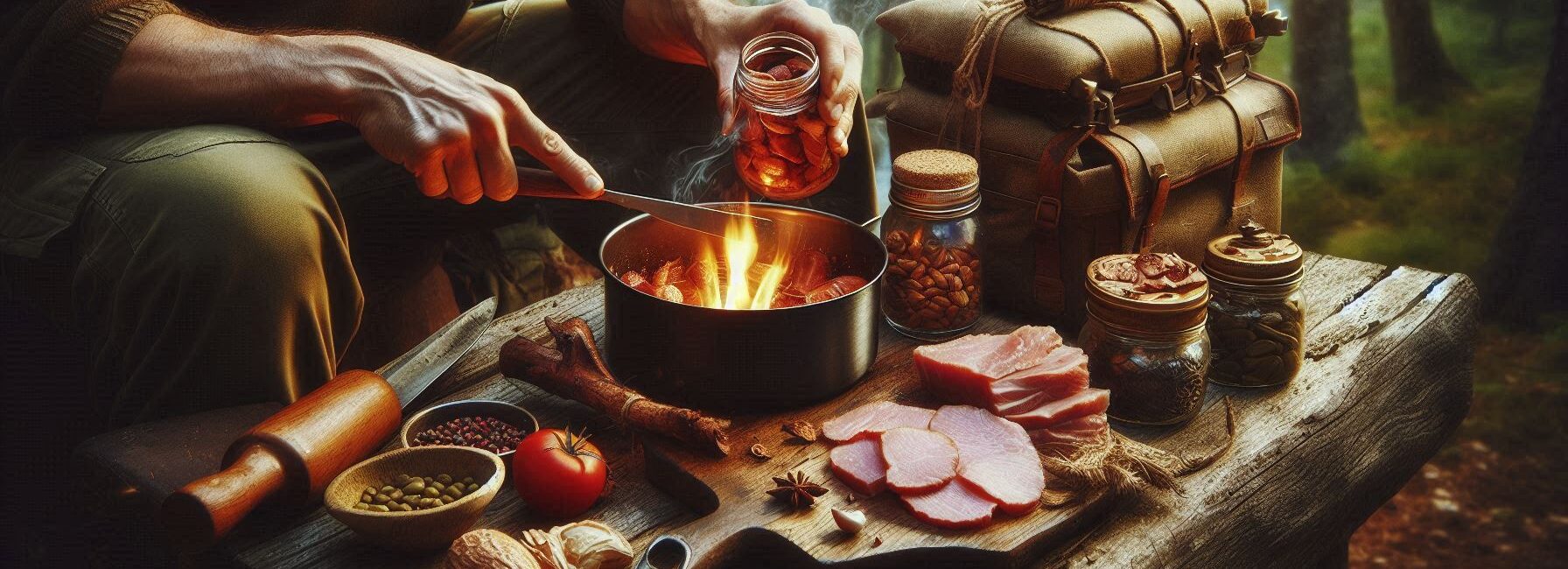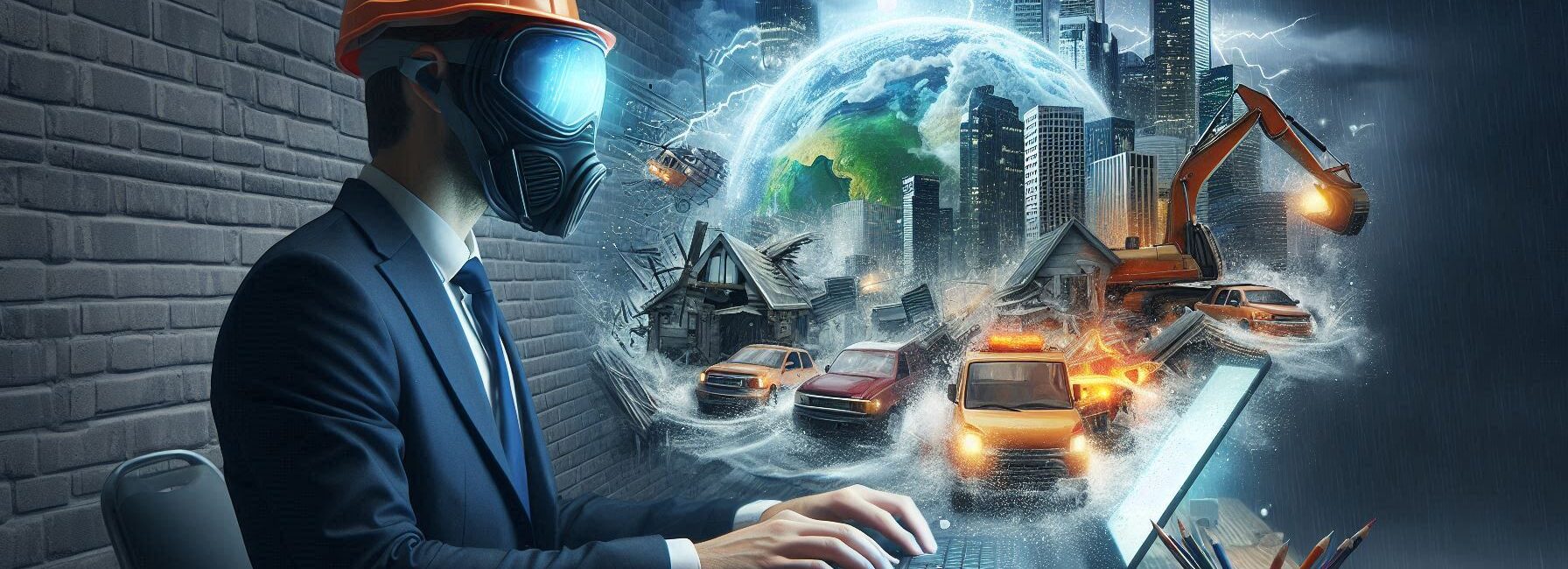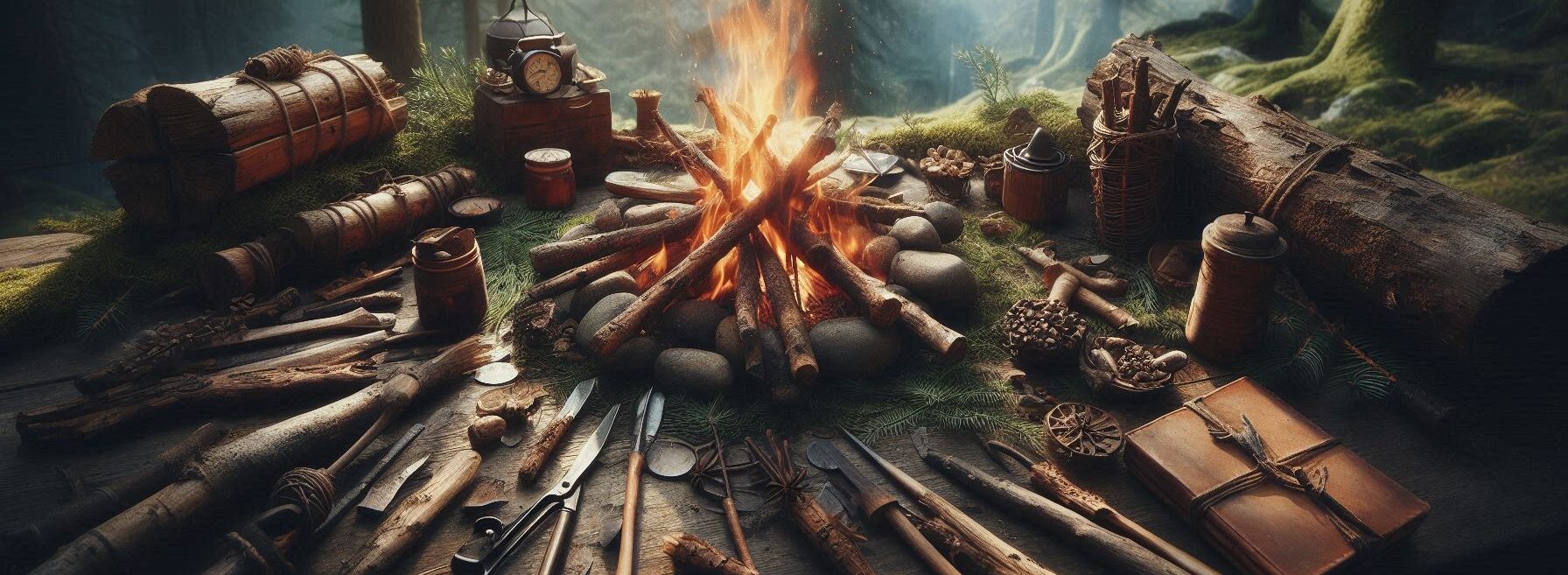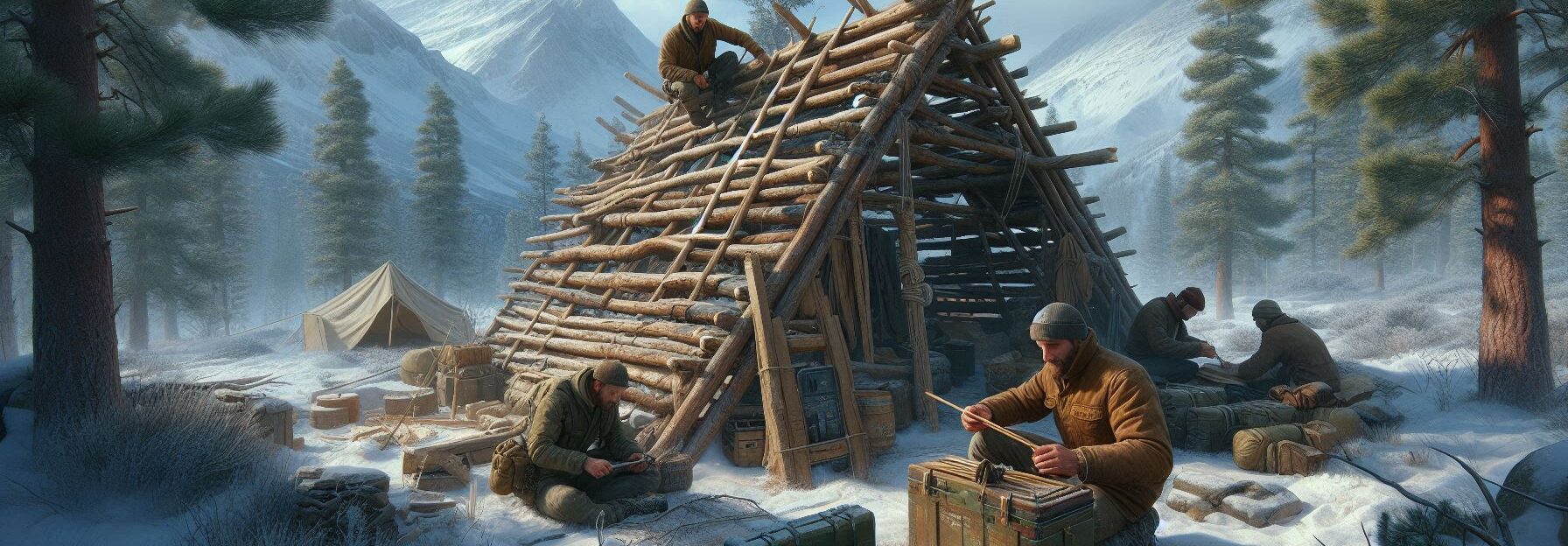Please Note: This post may contain affiliate links. If you click one of them, we may receive a commission at no extra cost to you. As an Amazon Associate, I earn from qualifying purchases.
Last Updated on October 19, 2025 by Kevin Collier

Top Takeaways and Key Concepts
- Select a Full-Tang Knife: Ensure strength and durability for heavy-duty tasks.
- Opt for Fixed Blade Over Folding: Provides better reliability and ease of use.
- Choose High-Carbon Steel: Offers superior edge retention and ease of sharpening.
- Prioritize Ergonomic Handle Design: Enhances grip and reduces hand fatigue during extended use.
- Consider Blade Length and Weight: Balance between portability and functionality for your specific needs.
Okay, let's talk about knives that can help you stay alive. It's really crucial to pick the appropriate one! It's like finding your best friend. This friend can help you cut rope, chop vegetables, and maybe even chase away that squirrel that's trying to steal your granola bars. Those small creatures can be really brave, though!
Picture yourself lost in the woods. You only have a weak butter knife. That won't work. Ha. Do you get it? You'd be better off giving up and waving a white flag. Not great, huh? Let's look for a better choice.
There are a few things to consider about when you want a survival knife. You need something that is sharp and strong. It should feel good in your palm, like a warm hug. A firm grip makes it easier and safer to do your job. That's important while you're out there, right?
Check out the blade too. A fixed blade is usually better than a folding one. It’s sturdier and doesn’t wiggle around. You need reliability out there. You don’t want a knife that’s going to get all wobbly when you’re trying to prepare a meal—or defend your snacks!
Material matters. Stainless steel is great. It’s tough and doesn’t rust easily. A good knife should last. You might be doing some serious slicing and dicing in a pinch. Plus, a knife with a serrated edge can be handy for cutting through tough stuff, like rope or that stubborn piece of meat.
Think about the sheath too. A good sheath keeps your knife safe when it’s not in use. It makes taking it along super easy. You don’t want to be fishing around in your bag only to find a sharp object poking at you. Yikes!
Emergency kits sometimes have a little multi-tool. Those can be cool, too. They’re like a mini toolbox in your pocket. But having that single, trusty knife by your side? That’s the real deal.
So, when you’re shopping for survival gear, remember this buddy. Pick one that fits well, feels good, and can handle a range of tasks. It’ll make a big difference, trust me. Just think of all the adventures you can tackle together. You’ll be ready for anything, even those crafty squirrels!
Contents of This Page
*** Shop for Survival Gear - Tools - Kits ***
Survival Gear - Bags and Backpacks - Knives - Boots/Footwear - Communication
Outdoor Cooking - Gloves - Hydration - Dry Boxes - Water Filtration Systems
Tents - Sleeping Bags - First Aid Kits - Multi-Tools - Flashlights - Fire Starters
Navigation - Survival Food - Night Vision - Headlamps - Stun Guns - Binoculars
1. Types of Survival Knives
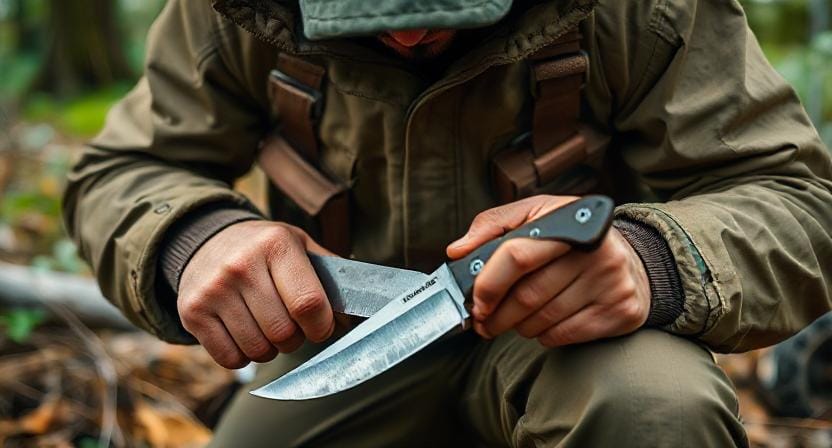
First, let's speak about the different kinds of survival knives that are out there. You have a fixed blade knife, a folding knife, and even multi-tools that would make MacGyver jealous. They all have their own pros and cons.
Fixed Blade Knives: These are the strongest knives out there. You could compare them to Arnold Schwarzenegger and Danny DeVito (sorry, Danny!).
Fixed blades are strong and usually have longer blades, which makes them great for cutting wood or cooking. But they aren't really portable because they don't fold up nicely to fit in your pocket.
Folding knives, on the other hand, are like those Swiss Army pals who always seem to have exactly what you need when you need it.
They are little and easy to carry, but they might not be as strong when it comes to heavy-duty work. You might want something stronger if you plan to whittle spoons while you wait for help.
Multi-tools: Finally, there are multi-tools that come with a bunch of different tools in one bundle, like having Batman's utility belt on your waist!
Even while they are useful, be careful not to have too many choices, as this might make it hard to decide (and maybe even cut your finger).
2. The Material Of The Blade Is Important
Next is the material of the blade, because not all metals are the same! When you look for a survival knife, you'll mostly find alternatives made of stainless steel and carbon steel.
Stainless steel is an excellent material because it doesn't rust, just like my granny doesn't go to exercise classes when her New Year's resolutions wear off in February! Stainless steel is strong, but it might not keep an edge as long as carbon steel does.
Carbon Steel: Carbon steel is sharp and strong, but it needs more care than a pet goldfish named “Fluffy.”
If you don't take care of it, it will rust, but it's easy to sharpen it to a razor-sharp edge. Just think again before leaving it out in the rain. It won't like it very much!
So, what should you pick? It really depends on how much you want to take care of your new best friend.
3. What Shape Of Blade Works Best?
The shape of the blade is also very important in figuring out how well it works in different scenarios. There are a lot of different forms that are good for certain jobs.
Drop Point Blades: These are great for everyday use. They're flexible enough to skin wildlife or cut through thick plants without being too scary (unless you're camping with friends who are too dramatic).
Tanto Blades: If you're feeling brave or want to do some real bushcrafting like Bear Grylls, tanto blades have powerful tips that are great for piercing thick materials. But be careful!
They can seem menacing enough to scare small animals in the woods or even you when you're telling spooky stories around the campfire at night.
Let's see… if you want to do a lot of cooking instead of fighting (which we hope never happens), drop point blades are the best choice because they are easy to handle.
4. Comfort of the Handle Is Important
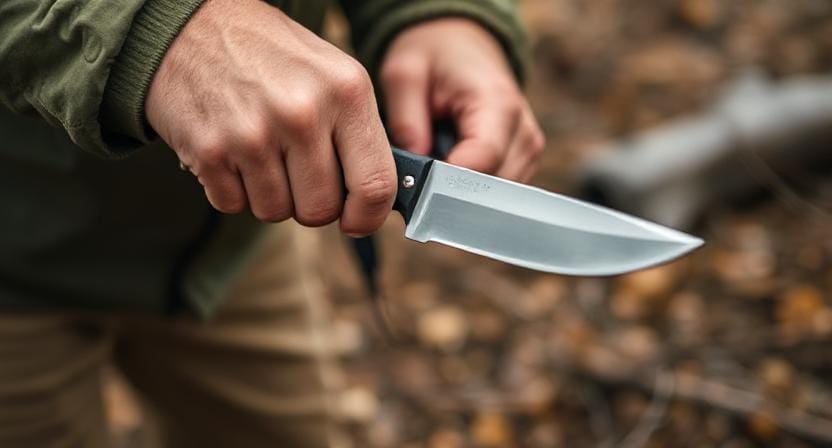
Now things get personal: how comfortable you are with handling things is more important than you might imagine! You wouldn't wear shoes that were two sizes too small while going up rocky mountains. You would cry like a kid who lost their favorite toy!
A good handle should fit comfortably in your hand and not give you blisters after using it for a long time (believe me, no one likes having to explain blisters at work). Look for materials like rubber or grips with a rough surface that provide you good traction even when they are wet. After all, no one wants their knife to slip out of their hands when they are chopping!
Also think about size: handles come in different lengths made for bigger or smaller hands, so make sure to check before you buy online unless you like getting socks instead of toys around the holidays.
5. More Features That Make Life Easier
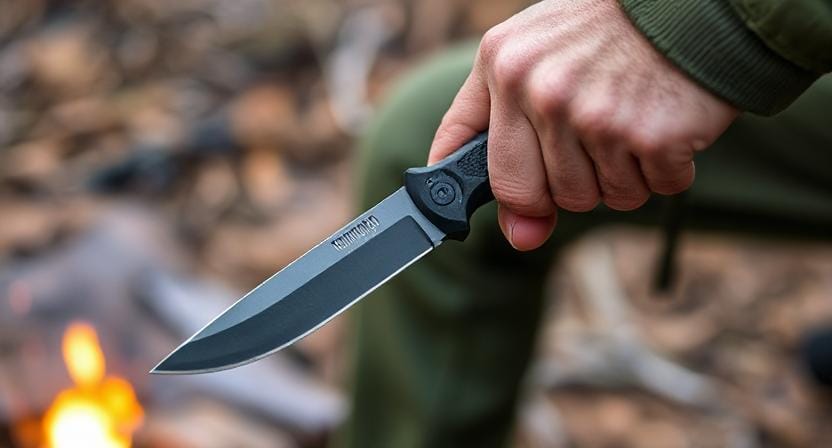
Lastly, and this is very important, think about other aspects that will make the tool easier to use than just its cutting capability.
Some knives have built-in fire starters or whistles, which could be quite useful in an emergency when yelling “Help!” doesn't seem to work as well as lighting up a whole forest!
Other options might include sheaths made of strong fabrics that can be easily attached to belts or bags. No more fumbling around trying not to lose sight of your sole way to protect yourself against squirrels that are angry over last year's acorn cache!
By the way, I think it's important to talk about weight distribution as well. Make sure the balance is right so that wielding seems natural instead of like you're trying to do interpretive dance movements while holding sharp items (not a good idea!).
Conclusion: The Final Slice
Picking a survival knife is like picking the right pair of shoes. stuff's not only about how shiny stuff is. You should think about what you really need. What are you going to do with it? Cooking at camp? Cutting rope? Maybe keeping that annoying squirrel away from your snacks?
Comfort is also important. You want a knife that fits well in your hand, right? Something that gives you confidence when you use it. You don't want a knife that's hard to hold, just like you don't want shoes that are too tight and injure your feet.
It really helps to look into brands. Find ones that people who spend time outside trust. Look for suggestions from folks who enjoy being outside. They've already gone there and done that. Experiences in real life are important. If they say a knife works well, it probably does. It's like asking a friend who knows what they're talking about for help.
It might be a little like surfing through social media to read reviews. A lot of information, huh? Get a sense of what other people are saying. Do they really like their knife? Or is it just sitting in a drawer accumulating dust? You don't just want something nice; you want something that will last.
Think about the things you've done. Where are you going? What do you need? Think about all of it before you make a choice. You want a knife that matches your style. It's alright that not everyone wants the same thing.
A decent knife can really save your life. It's like having a good friend with you. Don't rush. Find the one that makes you feel like a pro at staying alive. You want to be ready for anything that comes your way from Mother Nature. And who knows? You could even enjoy going to the store to get it!
Suggested Resources:
Survival Knife Buying Guide
https://www.survivalknife.com/buying-guide
The Ultimate Survival Knife Comparison
https://www.knifecenter.com/ultimate-survival-knife-comparison
Knife Care & Maintenance Tips
https://www.bladehq.com/cat–Knife-Care–3107

Kevin Collier is a seasoned survivalist and expert in prepping and homesteading, contributing to WiseSurvive.com. With a deep-rooted passion for self-sufficiency and outdoor survival skills, Kevin shares practical advice, strategies, and resources to help individuals prepare for any challenge. His informative articles cover a range of topics, from essential survival techniques to sustainable living practices, empowering readers to thrive in any situation. Whether you're a novice or a seasoned prepper, Kevin's insights will inspire you to take charge of your readiness and build resilience for the future.

